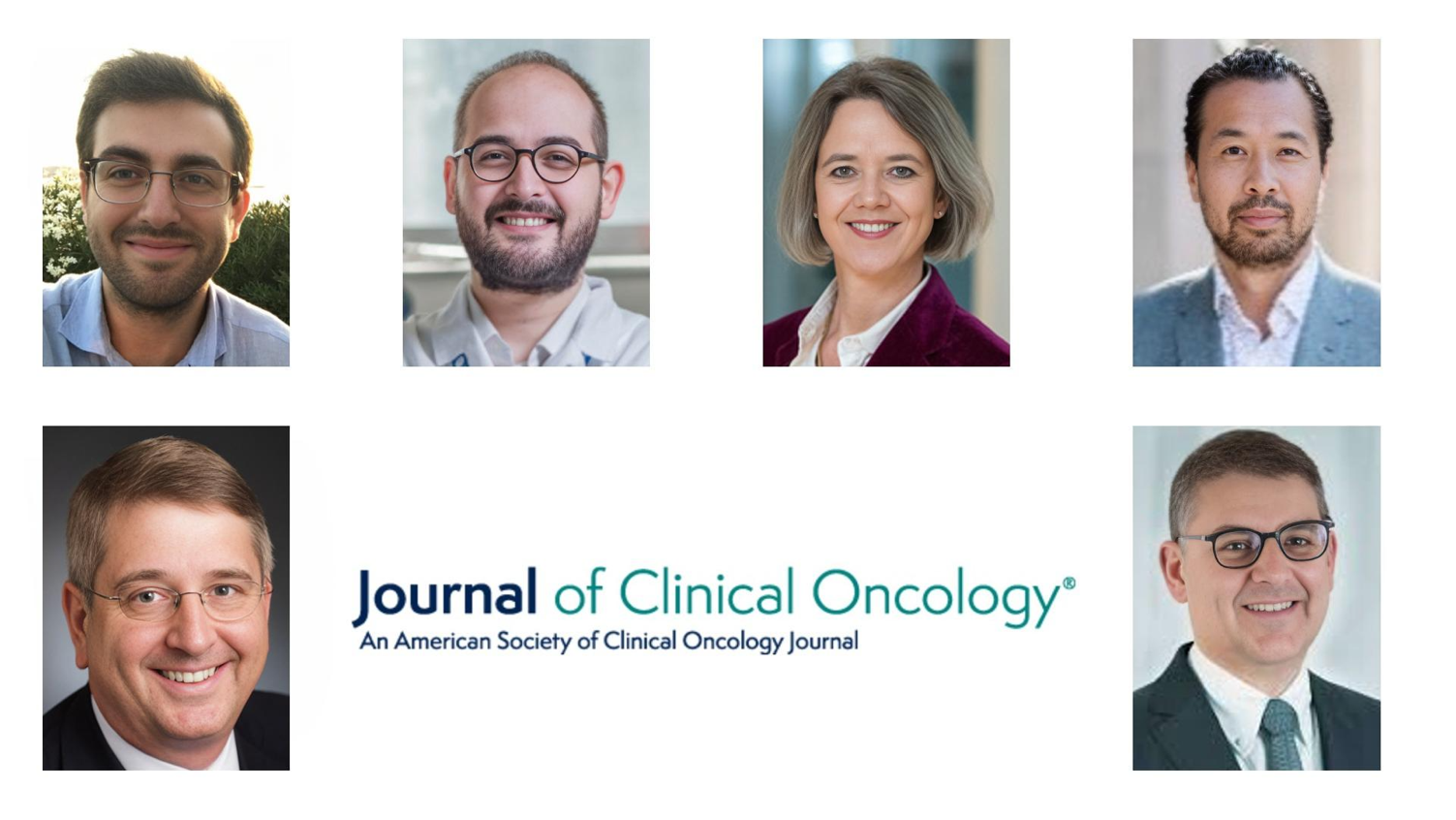Refining Treatment Approaches in Early Breast Cancer Patients with Pathologic Complete Response
Authors: Carmine Valenza, Dario Trapani, Sibylle Loibl, Stephen K.L. Chia, Harold J. Burstein, and Giuseppe Curigliano
Published in Journal of Clinical Oncology, on April 03, 2024
Introduction
Neoadjuvant chemotherapy (NACT), combined with immunotherapeutic agents such as pembrolizumab or HER2-directed agents like trastuzumab and pertuzumab, is a cornerstone in treating stage II to III, triple-negative, or HER2-positive breast cancer. Achieving a pathologic complete response (pCR)—the absence of invasive cancer in the breast tissue and lymph nodes at surgery—is associated with a better prognosis, including disease-free survival (DFS) and overall survival (OS). However, despite this promising outcome, a small percentage of patients experiencing pCR still face disease recurrence. The authors highlight the importance of considering criteria for treatment deintensification, patient and healthcare provider acceptance, cost-effectiveness, and the design of clinical trials to assess treatment optimization.
What We Learned
- Approximately 50%-65% of patients undergoing neoadjuvant treatments achieve pCR, significantly improving their prognosis.
- pCR is a valuable prognostic marker, closely linked to increased DFS and OS.
- Despite achieving pCR, a subset of patients (~5%-10%) will still experience disease recurrence, underscoring the necessity for further optimization of post-treatment strategies.
- The European Society for Medical Oncology (ESMO) emphasizes the importance of optimizing rather than de-escalating therapy to ensure patients receive the appropriate level of treatment.
- Ongoing clinical trials aim to refine post-neoadjuvant treatment modalities, particularly for patients with pCR, to improve outcomes further.
- Economic considerations are crucial, with treatments like pembrolizumab costing about $100,035 per patient in the US, juxtaposed against modest EFS gains and significant toxicity risks.
Potential strategies for optimizing post-neoadjuvant treatment
- Omitting post-neoadjuvant pembrolizumab in patients with pCR (OptimICE-pCR trial)
- Decreasing the duration of trastuzumab from 12 to 6 months in patients with pCR
- Deintensifying the chemotherapy backbone in patients with pCR (DECRESCENDO, CompassHER2-pCR, PHERGAIN trials)
Key Takeaway Messages
- Deintensification Criteria: Deintensification should be considered when the prognosis is favourable and the balance between treatment benefits and adverse effects is substantial.
- Patient and Health Provider Acceptance: The perspective of patients and healthcare providers significantly influence treatment choices, highlighting the need for thorough counselling and shared decision-making.
- Cost-Effectiveness and Financial Toxicity: Economic considerations are crucial, especially in publicly funded healthcare systems, to prevent financial distress without compromising patient outcomes.
- Clinical Trial Design: Optimizing post-neoadjuvant treatment strategies relies on rigorous clinical trials with a focus on noninferiority in terms of survival outcomes and quality of life.
Summary by Amalya Sargsyan, MD
